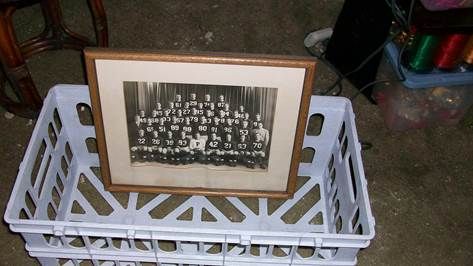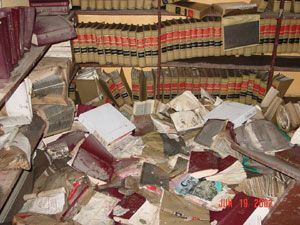

About The Freeze Dry Process
The freeze-drying process is basically defined as a process where ice is transformed from a solid state to a gaseous state - then recollected as a solid without returning to liquid form. The concept was put to use effectively during World War II by the U.S. Government to store human plasma. Later, the freeze-drying process was introduced to the food and drug industries who saw the huge benefits of its preserving qualities. The process has since gained widespread popularity among certain industry segments as a means to preserve and recover valuable documents damaged by water.
First and foremost, the items to be preserved with freeze-drying are frozen solid. This maintains their integrity, their shape and their form. In this frozen state, they can be stored indefinitely without risk of additional damage. Other drying methods, like vacuum drying, simply don't afford this significant benefit. Drying under vacuum alone takes more time and allows liquid to remain until evaporation. Inks and dyes can still run, stick and stain. Printed pages and other materials can still expand and distort - and rot - where liquid still exists.
